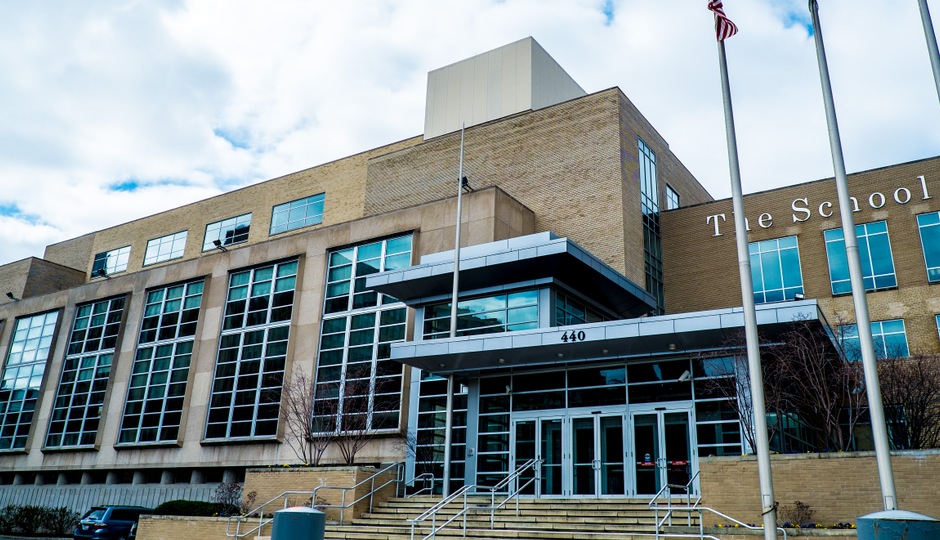Inside Take: New Charters Should Be Unacceptable to All

(This is an opinion column from a Citified insider.)
Conditions in the School District of Philadelphia have hit a new low after four record breaking years of state disinvestment in education and years of meager improvements in school performance. That situation is poised to change for the better if the new governor and legislature heed the voter sentiment expressed in the historic ousting of a sitting governor largely because of his sweeping education funding cuts. Unfortunately, while the new players in Harrisburg are still unpacking their boxes, the School Reform Commission must decide whether to approve new charter schools and what cuts to impose on traditional schools to pay for charter expansion.
While there are thousands of families who have good reason to love their local schools and teachers, the share of satisfied families is shrinking, as each year goes by. But there is also no question that most schools need urgent attention. Families who have lived in Philadelphia for generations are rightfully frustrated and impatient with the slow pace of improvement. The same goes for the recent influx of young families, who have neither the income nor the inclination to send their children to private school.
Meanwhile, the growing chorus behind expansion of charters makes the pathway to progress sound simple: authorize additional charter schools and families will stay and our students will do better. Thirty-nine charter operators have lined up for approval from the District to expand charter enrollment to 51 percent of the district’s students and potentially balloon annual charter payments to a billion dollars. Unfortunately the facts don’t support the charter silver bullet theory. Our recently released report on the challenges of authorizing new charters found:
- Many of the applicants for new charters are proposed by charter school operators that already run charter schools that are not preforming as well as the traditional public schools in the city.
- Nearly 60 percent of the applicants educate a student population from families that are more affluent than those attending traditional public schools, which could mean that as they expand they will be unprepared for the rigors of classrooms of mostly very poor students. In fact, some of the strongest performing charters might have better results than the traditional public schools only because they have a more ready student body than the students who attend the average District school, where the official poverty rate is 84 percent.
- Finally, there is the reality of money. For every student that enrolls in a charter school the District must pay the charter operator around $10,000. While the district avoids some costs when a student transfers to a charter, most of the overhead of operating the district schools remains the same. As a result, according to the Boston Consulting Group every new charter student ends up costing the district about $7,000 per child. Given the District’s dire fiscal straights, unless the state or the city were to ante up more money, the District will have to pay the cost of new charters by making deeper cuts to already starving traditional public schools.
If the commission is seriously entertaining the possibility of new charters, it would mean that it has essentially decided that it can find new funds for school improvement. If that’s the case, it raises the possibility that additional funds could be invested in struggling traditional public schools that lack books, teachers and counselors instead of new charter school seats. Are there really two policy options backed by new resources on the table for improving student performance? Only in a fantasy world where the district has the means to print currency. The unfortunate reality is that the district is already projecting it will start next school year with an $80 million deficit. That’s especially problematic since the district is unlike any other school district in the state: the School Reform Commission cannot impose a local tax increase to cover this deficit or the cost of new charters.
To those who argue there is plenty of fat in the district, Pew Charitable Trust’s exhaustive research found that Philadelphia has far less than to spend per student any other major urban district in the nation. To make matters worse, the district is still reeling from a $265 million cut in state aid four years ago, while pension, charter, special education, and health care costs have grown steadily.
It’s a mistake to see this as a pro or anti-charter moment. Since the district can only expand charter options at the expense of students in traditional schools, approval of any new charter schools should be unacceptable to every person in this city. Obviously no child should be harmed so another child can be helped.
But the logjam on school improvement must also be broken. Any elected official, civic leader, philanthropist, political donor or parent in this city that is serious about making options available and reforms happen must face the cold hard fact that doing so requires reliable and sufficient state funding. Only then can the SRC make responsible decisions to invest in reforms that are proven to help all students achieve.
Donna Cooper is executive director of Public Citizens for Children and Youth. She formerly served as a cabinet-level policy adviser to Gov. Ed Rendell. Follow her on Twitter at @DonnaRCooper.